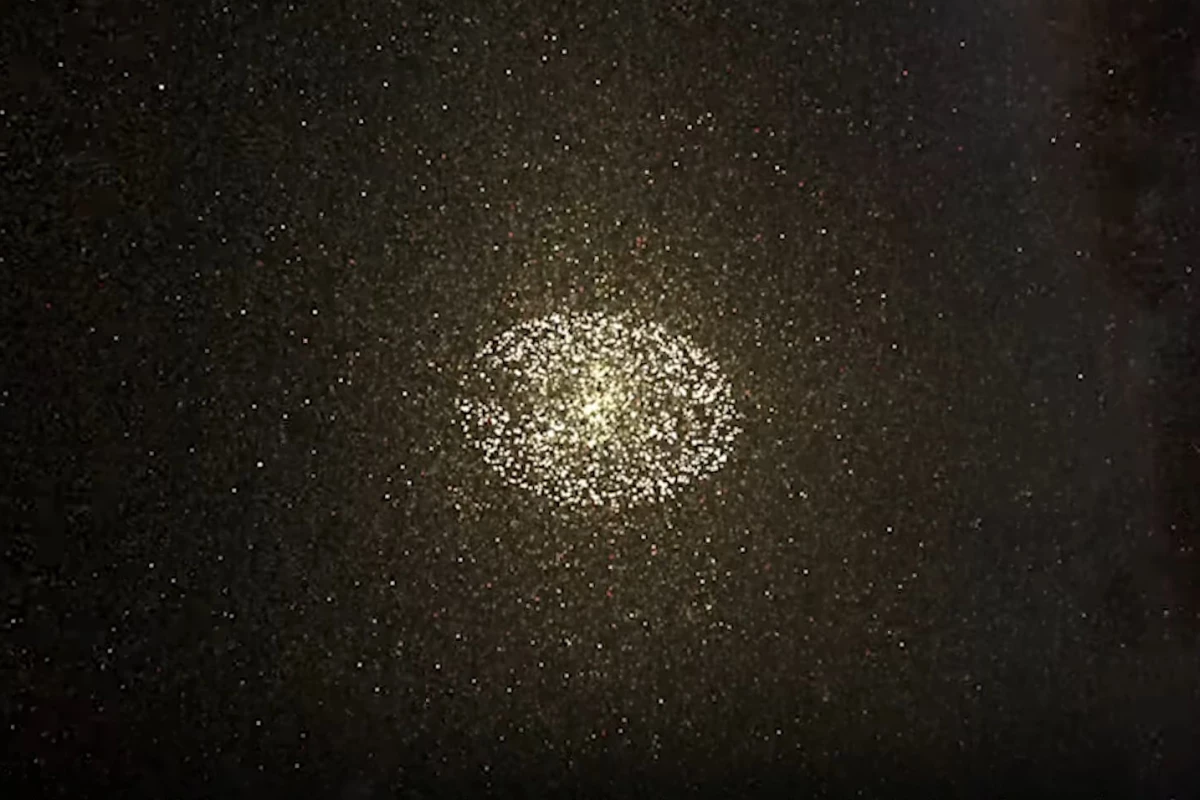Astronomers have identified 1,004 nearby stars from which aliens could detect signs of biological life in Earth’s atmosphere by watching as our planet passes across the disk of the Sun. The study could help provide targets for organizations such as SETI and the Breakthrough Listen Initiative that are actively searching for signals from advanced extraterrestrial civilizations.
To date, the majority of exoplanets discovered by astronomers have been detected using the transit method. This technique essentially involves observing the light from distant stars and watching for tiny dips in light that occur as an orbiting world passes between the surface of the distant stellar body and the waiting eye of a powerful telescope.
By using the transit technique, scientists are able to both confirm the presence of exoplanets, and also characterize their atmospheres. This is useful in the search for extraterrestrial life, as organic lifeforms and industrialization leave their mark on a planet’s atmosphere.
Our planet could theoretically also be spotted and analyzed by an alien civilization using the transit method. If a distant astronomer were to watch the Earth pass in front of the Sun, they would surely detect atmospheric chemicals hinting at our presence on this Blue Marble.
A newly published study has identified a population of 1,004 Main Sequence stars – many of which are similar to our Sun – which are capable of hosting habitable planets from which an alien civilization would be able to detect our planet using the transit method.
The team behind the new study found the planets using data captured by NASA’s Transiting Exoplanet Survey Satellite (TESS), which has been watching the heavens for over two years now, and has successfully observed 74 percent of the sky.
Each of the newly identified stars orbit in Earth’s ecliptic, which essentially means that they are located on roughly the same plane upon which our planet orbits the Sun. From there, they would be able to see our home world pass lazily across the surface of its parent star.
All of the stars mentioned in the study also sit within 33 light-years of Earth, and so would be close enough to detect the markers for life in our atmosphere.
"Only a very small fraction of exoplanets will just happen to be randomly aligned with our line of sight so we can see them transit," comments Joshua Pepper, an associate professor at the Department of Physics at Lehigh University, and co-author of the new paper. "But all of the thousand stars we identified in our paper in the solar neighborhood could see our Earth transit the Sun, calling their attention."
It stands to reason that if an alien civilization noticed the biomarkers for life on Earth, they may attempt to reach out and communicate.
SETI and the Breakthrough Listen Initiative, which are both organizations actively engaged in the hunt for extraterrestrial life, are already searching for alien signals from stars located near Earth’s eliptic. The new study provides a target list that could help these groups narrow down their ongoing search.
The paper has been published in The Monthly Notices of the Royal Astronomical Society.
Source: Cornell University




